
Pruning
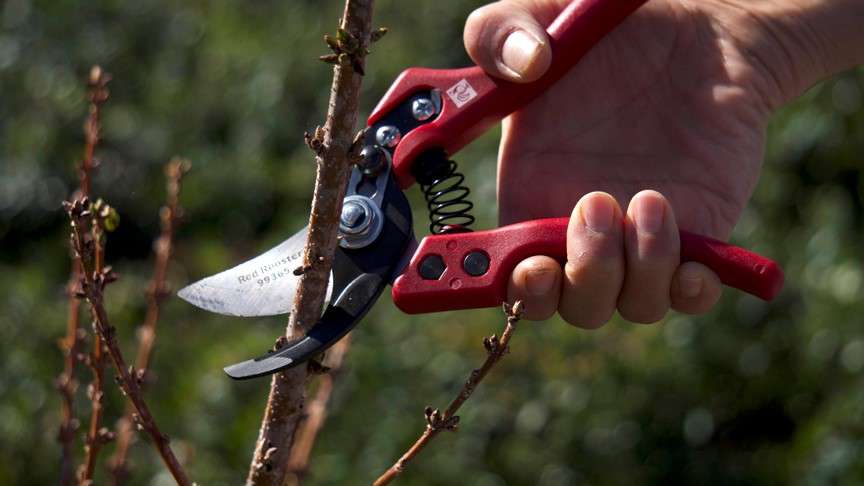
Tips for Fall Pruning
Now that fall’s upon us, it’s time to prune a few things in your landscape. But what exactly is pruning? Pruning trims old growth to encourage new growth and blooming. Although, timing is everything. Some plants do not do well with a fall trimming. Others need it. It all depends on the flowering season. Fall pruning is for plants that form flower buds on new growth in spring or summer.
Begin by removing dead, diseased, or broken branches and stems as soon as you notice them.
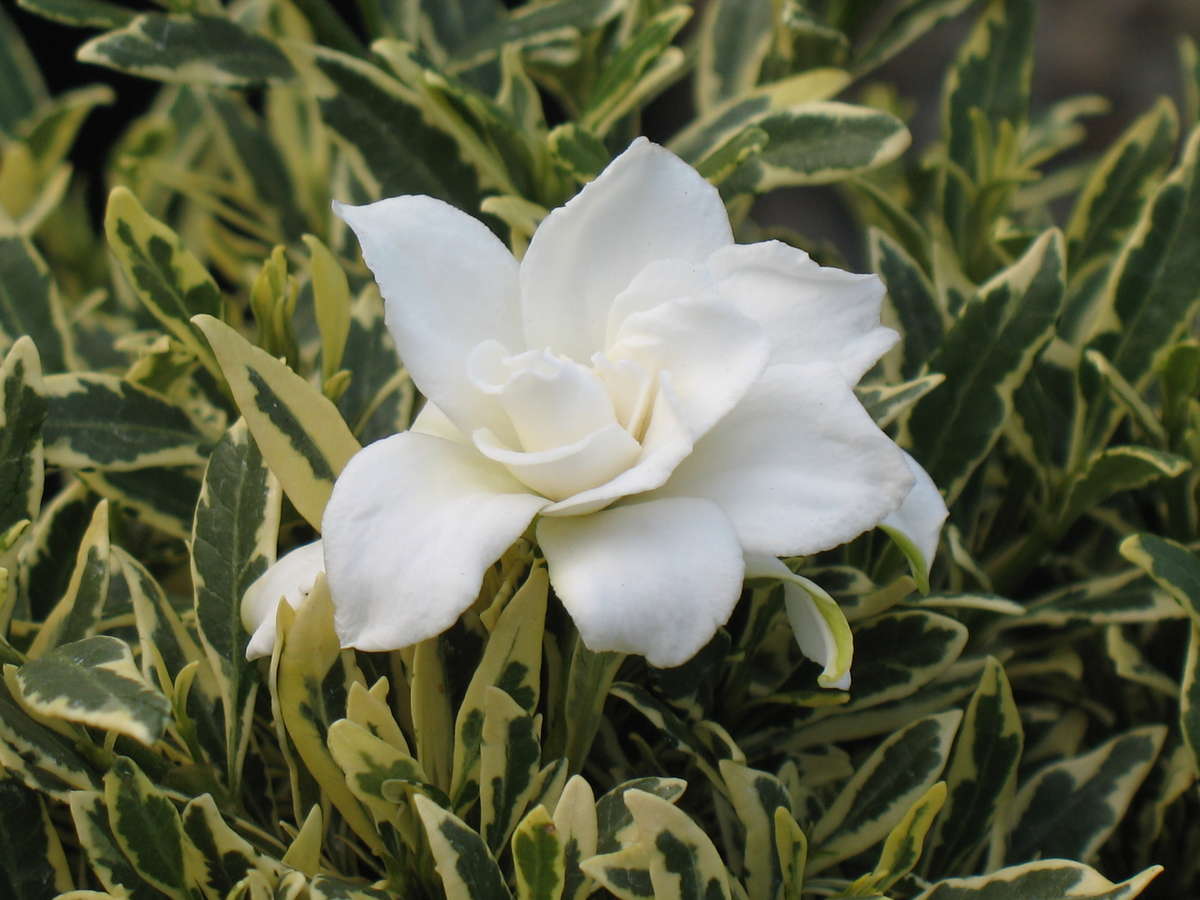
Gardenia
Once blooms fade, remove them, along with leggy branches, then thin for shape. Keep in mind that gardenias have a moderate growth rate, so hard pruning could result in them taking a long time to grow back.
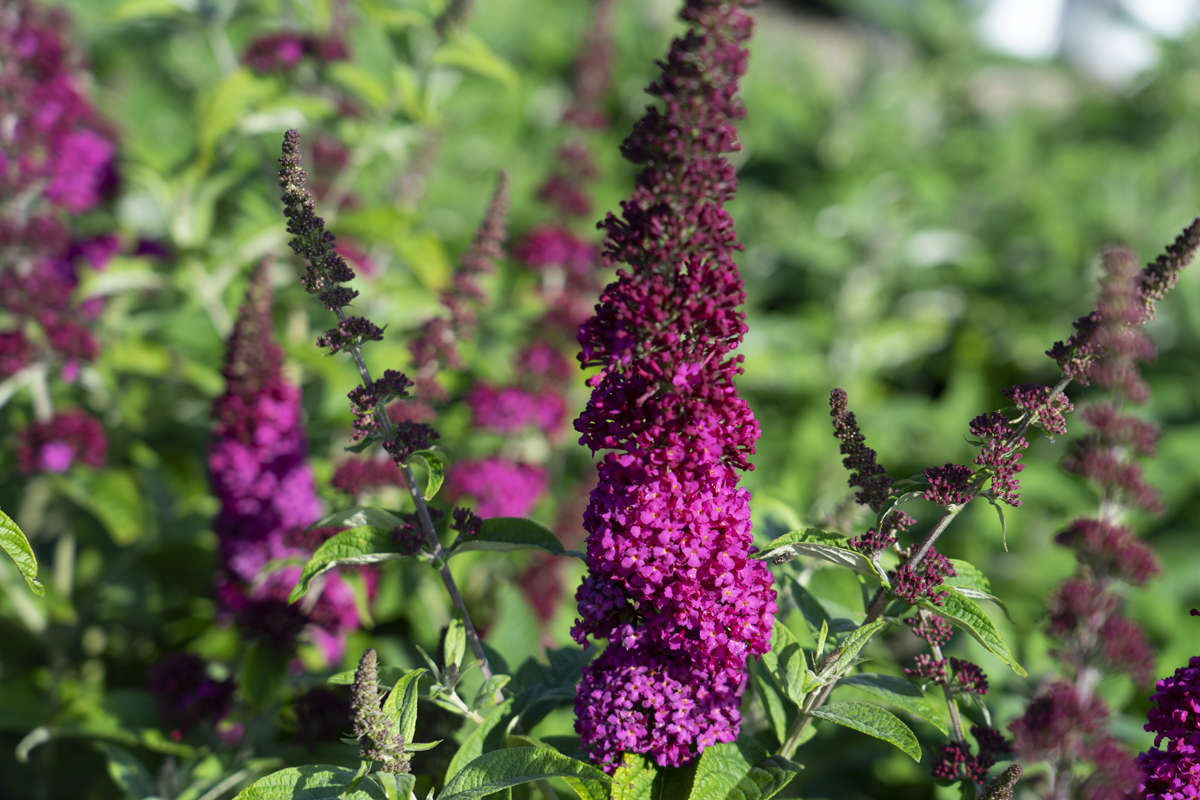
Butterfly Bush
Cut your Butterfly Bush back as early as fall and as late as the end of winter. Prune to the old wood, close to the ground for new growth and spring blooms. Once spring arrives the rapid regrowth of your Butterfly Bush will begin.

Crape Myrtle
While Crape Myrtles do not need heavy pruning, if you plan to prune, do it once the leaves have dropped in fall. Trim the tips and remove extra branches for shaping.
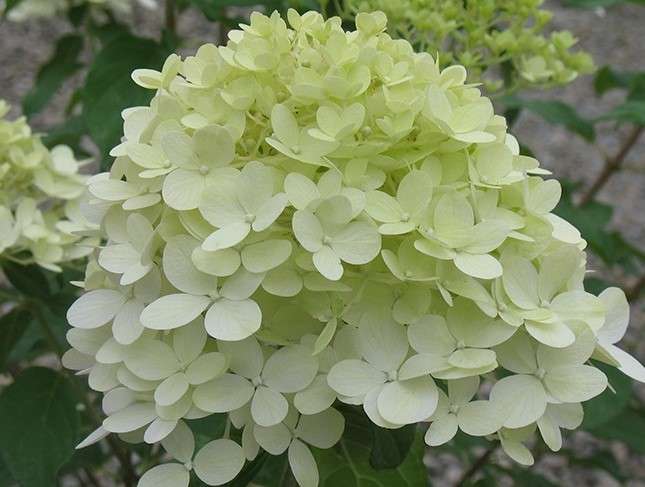
Hydrangea
Here’s where timing is really important. Hydrangeas that bloom on new wood can be pruned in late fall, winter or early spring.
Read on for tips about pruning different hydrangea varieties:
Pruning Hydrangeas: Do or Don't?
Read on for tips about pruning different hydrangea varieties:
Pruning Hydrangeas: Do or Don't?
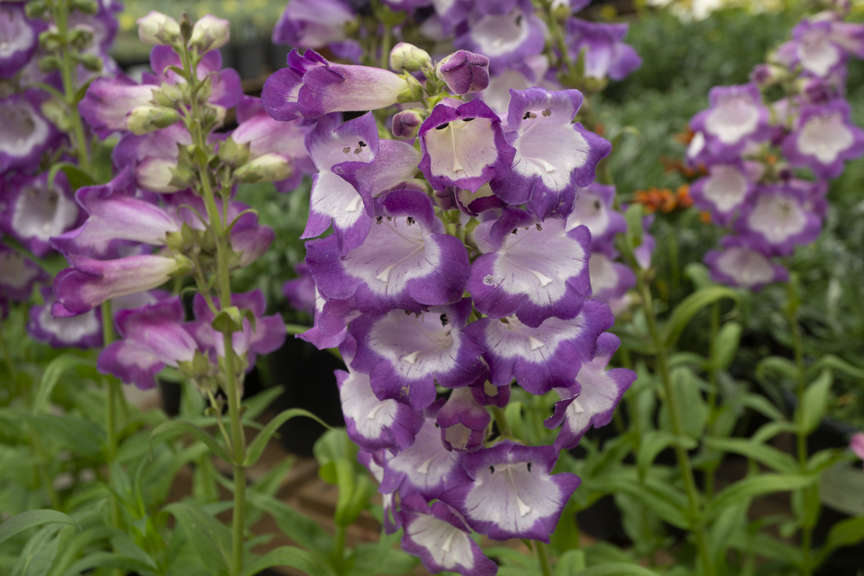
Penstemon
Aside from removing spent blooms in spring and summer—by cutting back to a node or side stem—prune your penstemon to the base of the plant in late fall.
